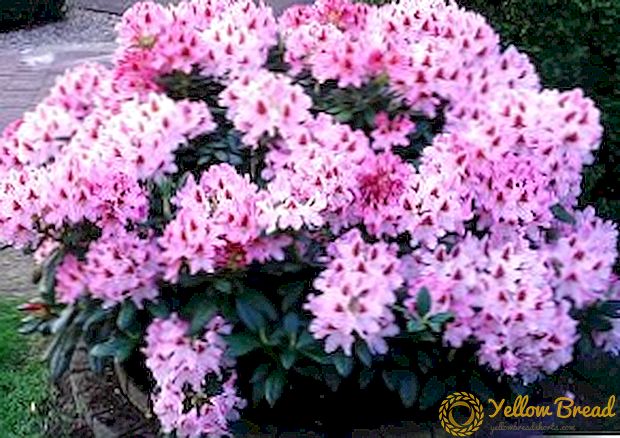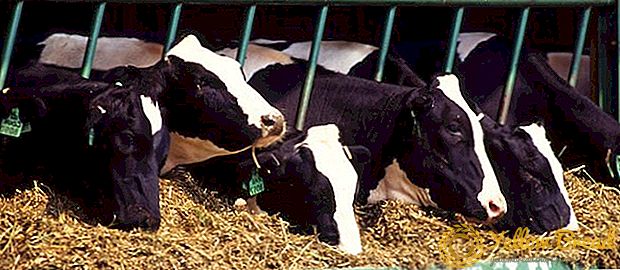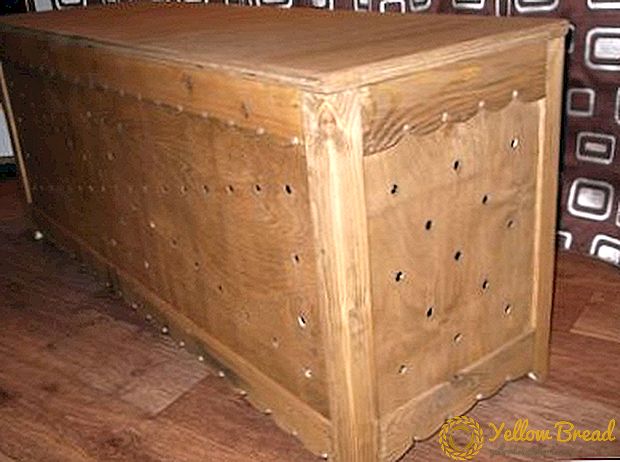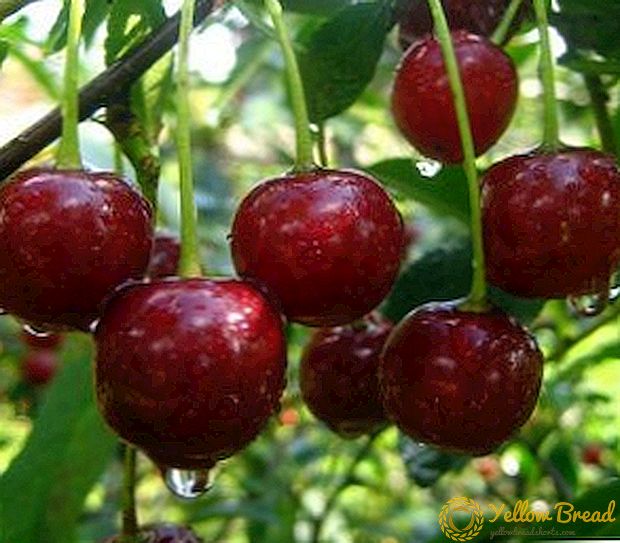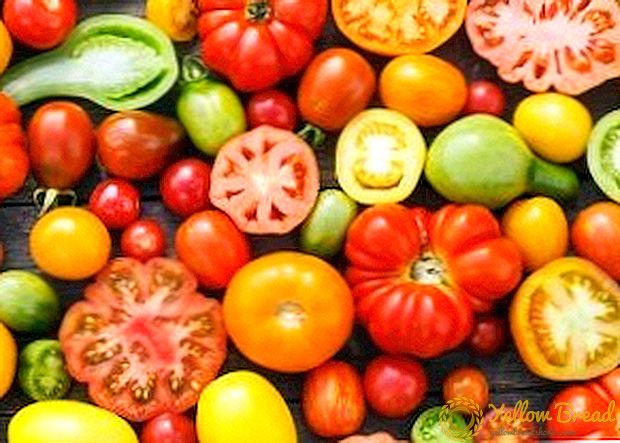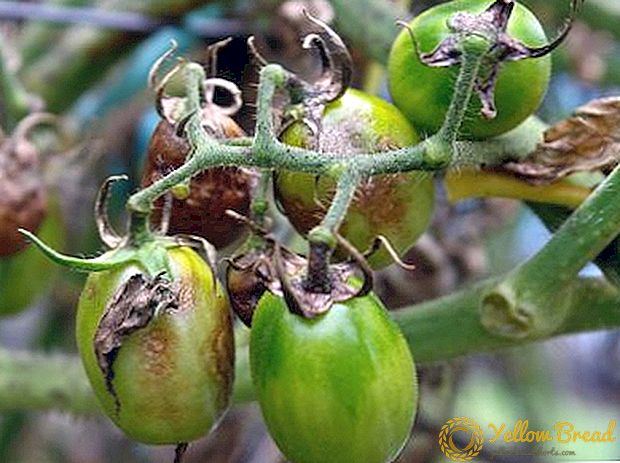
Late blight is a disease that is caused by a phytophthora fungus. Humid environment and heat actively help the organisms to multiply. The most widespread disease in the second half of summer. Plants exposed to phytophthora look like: brown blurred spots form on the leaves on the upper side, whitish bloom on the underside of the leaf, this is the spores of the phytophthora.
On the stems and petioles appear dark brown stripes. Fruits are covered with vague brown-brown spots. Tomatoes, ripped off for ripening, may also manifest late blight, if it began to develop at the time of harvest.
To Europe, and then to Russia, tomatoes were introduced in the late 30s of the 19th century. And already in 1845, the entire crop of tomatoes was lost due to late blight. There was a need to find methods to combat this disease. In the article, you will read a detailed description of how to deal with this fungus, to save the tomatoes and get rid of the phytophorns permanently, whether plants need treatment, as well as photos and what measures need to be taken to protect the vegetables in the future.
Overview of the most popular means to combat fungus on plants
Consider fungicides - drugs that are effective in the fight against fungal diseases.
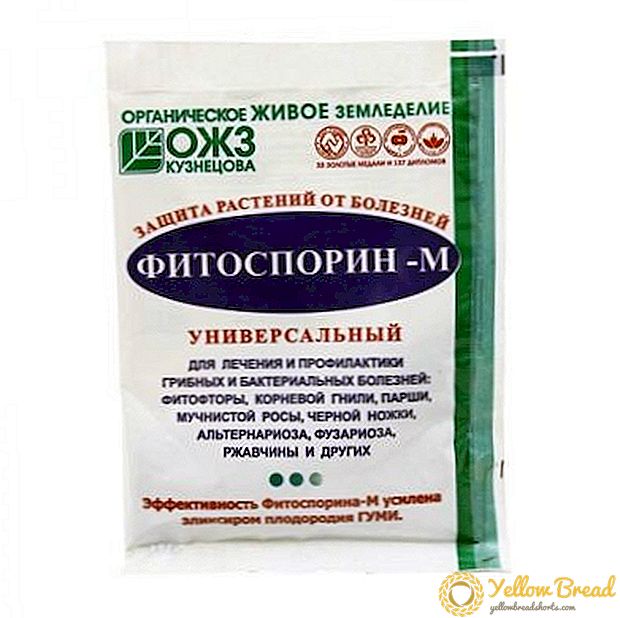 Phytosporin drug.
Phytosporin drug.Its cost in 2018 ranges from 30 rubles to 10 grams. It is used mainly for prevention. 5 g of phytosporin is diluted in 10 liters of water and sprayed planting.
But in case of rain in open ground, this prevention is ineffective, as water will wash the drug from the plants into the soil.
After 7-10 days, the procedure must be repeated.
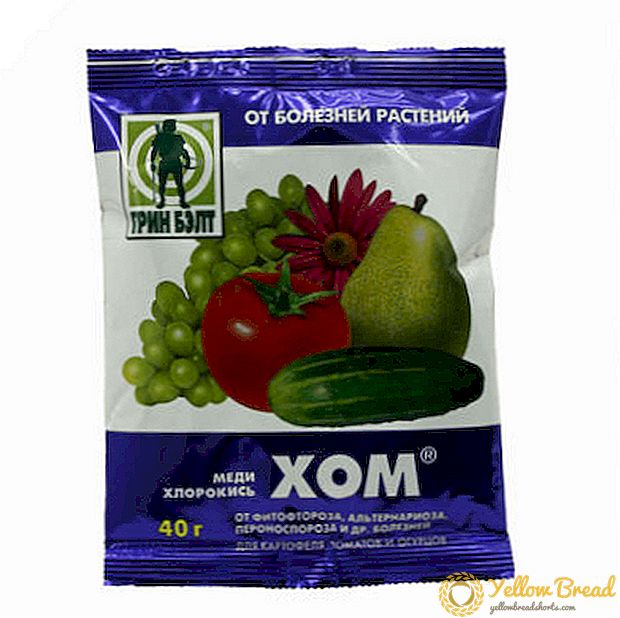 Following drug Hom.
Following drug Hom.It is effective not only in relation to late blight, but also helps to cope with other garden troubles.
Its cost in 2018 is 65 rubles for 40 grams.
It is necessary to take 40 gr. Of the preparation diluted in 10 liters of water. This amount is enough to process 10 square meters.
The waiting time is 5 days.
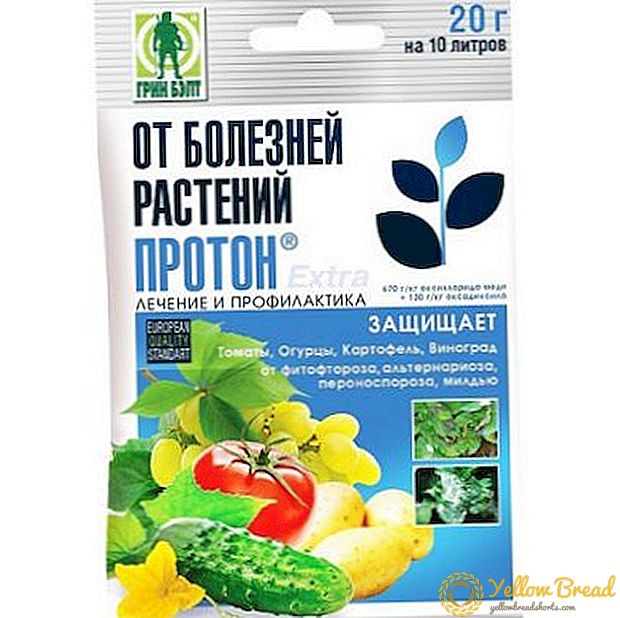 Proton Extra - a drug protecting against late blight.
Proton Extra - a drug protecting against late blight.Its cost is 49 rubles for 20 UAH.
Proton Extra is an effective fungicide. It has not only protective properties, which is good for prevention, but also healing properties.
The solution is prepared as follows: 20 g of the drug is diluted in 10 liters of water. This volume is enough to handle 1 weave. The active ingredients of the drug are easily absorbed on the leaves, penetrate inside and remain on the plant. The period of action of the drug about 12 days.Next, the procedure must be repeated. How many times? Until you harvest.
Today there are a huge number of folk methods and means of combating blight. Consider some of them.
- The first assistant at the gardeners is onion peel. Polvedra husks pour boiling water. As soon as the liquid has cooled, strain, add water to 10 liters in volume. Spray the leaves of the plant from the bottom.
- The second is whey, which contains lactic acid. It protects the tomato and blocks the development of phytophthora. For 10 liters of water, take 1 liter of whey and 20 drops of iodine. If tomatoes bloom at this time, then add another 5 g of boric acid. Also spray first leaves from the bottom.
- You can also prepare other solutions for spraying, which may include the following components:
- propolis tincture;
- extract from wood ash;
- baking soda;
- dandelion infusion;
- infusion of hay;
- infusion of yeast (100g per bucket of water);
- garlic solution.
Instructions for processing vegetables
It is necessary to spray a plant from the bottom of a leaf with the help of a spray. It is there that the spores of the late blight pathogen are hidden. The plant is infected from the bottom up. If you do not see external damage on the plant, you still spray the plant in the same way.
But what to do if you have 20 acres of tomatoes. Under each bush you will not climb. Then take a broom, put it in a bucket and spray planting. Efficiency at times less. But if there is additional labor, then attract everyone to the process.
A photo
In the photo you can see what tomato blight looks like:





Prevention
In the open ground
- Prefer when choosing varieties of tomato varieties that are resistant to late blight. For example, “Rich F1 Hut”, “Fate Minor,” “Beta”.When choosing tomato varieties, you can focus on the indicators: short stature, early ripeness.
- Observe crop rotation. After the nightshade, plant garlic or onions.
- Plants prone to late blight, you need to plant away from each other. Potatoes and tomatoes are not friendly.
- The gap between the holes is 30-50 cm, the distance between the rows is 70 cm.
- Tomatoes open ground planted away from greenhouses.
- Use only healthy seed.
- If you find the first signs of damage by phytophthora - process all solanaceous fungicides.
- Timely remove weeds, lower leaves. Do not allow thickening.
- Do not overdo it with nitrogen fertilizers. Resistance to phytophthora decreases significantly.
- Watering produce in the morning, strictly in the hole. Do not allow moisture on the leaves.
- Apply fertilizers containing phosphorus, potassium to increase the resistance of tomatoes to the disease.
In the greenhouse
Most of the measures for processing tomatoes from phytophthora in the greenhouse are the same as in the open field, but consider the nuances.
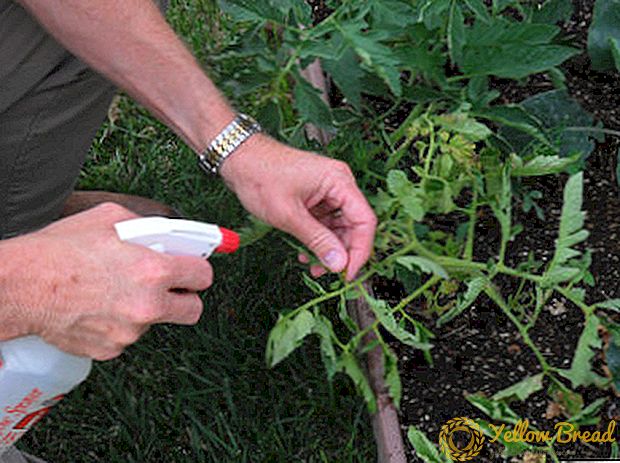 Air the greenhouses. Do not allow the increase in humidity, in time remove excess shoots, lower leaves.
Air the greenhouses. Do not allow the increase in humidity, in time remove excess shoots, lower leaves.- Choose greenhouse varieties of tomatoes that are resistant to late blight:
- "Tatyana".
- "De Barao is black."
- Carlson.
The most resistant to phytophthora include hybrids:
- "La-la-fa F1".
- "Lark F1".
Video about the preventive treatment of tomatoes from late blight:
Is it safe to eat fruits affected by fungus?
There is no clear answer to the question whether or not to eat tomatoes affected by blight.If the entire fetus is affected, then most likely you will not want to eat it yourself. It must be remembered that phytophthora is a fungus, which means its mycelium stretched its nets inside the entire product. The fruit is most likely completely affected. Draw conclusions.
Ways to tillage
Spores of phytophtora are not afraid of winter, snow, low temperatures. They are safely hidden in the ground until next season. And the “fire” that your tomatoes ate this year may be repeated next garden season. In addition to all the above preventive measures, it is necessary to treat the soil.
Agrotechnical
In the autumn, dig the beds in the dumped way. After this manipulation, the spores of the phytophtoras will be on the surface. When digging a shovel must be immersed in the ground for the whole bayonet. Let not all, but many disputes can die during the winter. In the spring, before planting the tomatoes, the soil is scalded with a solution of potassium permanganate. You will process the soil in the greenhouse, close all the vents and doors, and cover the beds in the open ground with foil. Rain does not interfere with the decontamination process.
Biological
Preparations Baikal EM-1 and Baikal EM-5 process the soil before digging and two weeks before frost.. Preparations Baktofit, Trikhodermin, Fitoflavin, Fitosporin process the soil in the fall after digging. In early spring, the treatment is repeated. How to treat the earth with fungicides: dissolve the required amount of the substance in water and shed the soil to a depth of 10 cm. It is at this depth that the phytospore spores hide.
Chemical
After digging the soil should be treated with Bordeaux mixture. Repeat this procedure in the spring. The composition of the liquid includes copper sulphate. It disinfects the soil and fills the need for sulfur and copper. Bordeaux liquid soil can be processed only once in 5 years.
It must always be remembered that it is necessary to cultivate the land 10 cm deep. Otherwise, all for nothing. Disputes will live on the site. Late blight is a dangerous and unpleasant disease of tomatoes.
It is impossible to recover from it. You can warn him, you can slow down its development. Observing agricultural practices and carrying out preventive measures, you will always be with a rich harvest.

 Phytosporin drug.
Phytosporin drug. Following drug Hom.
Following drug Hom. Proton Extra - a drug protecting against late blight.
Proton Extra - a drug protecting against late blight. Air the greenhouses. Do not allow the increase in humidity, in time remove excess shoots, lower leaves.
Air the greenhouses. Do not allow the increase in humidity, in time remove excess shoots, lower leaves.